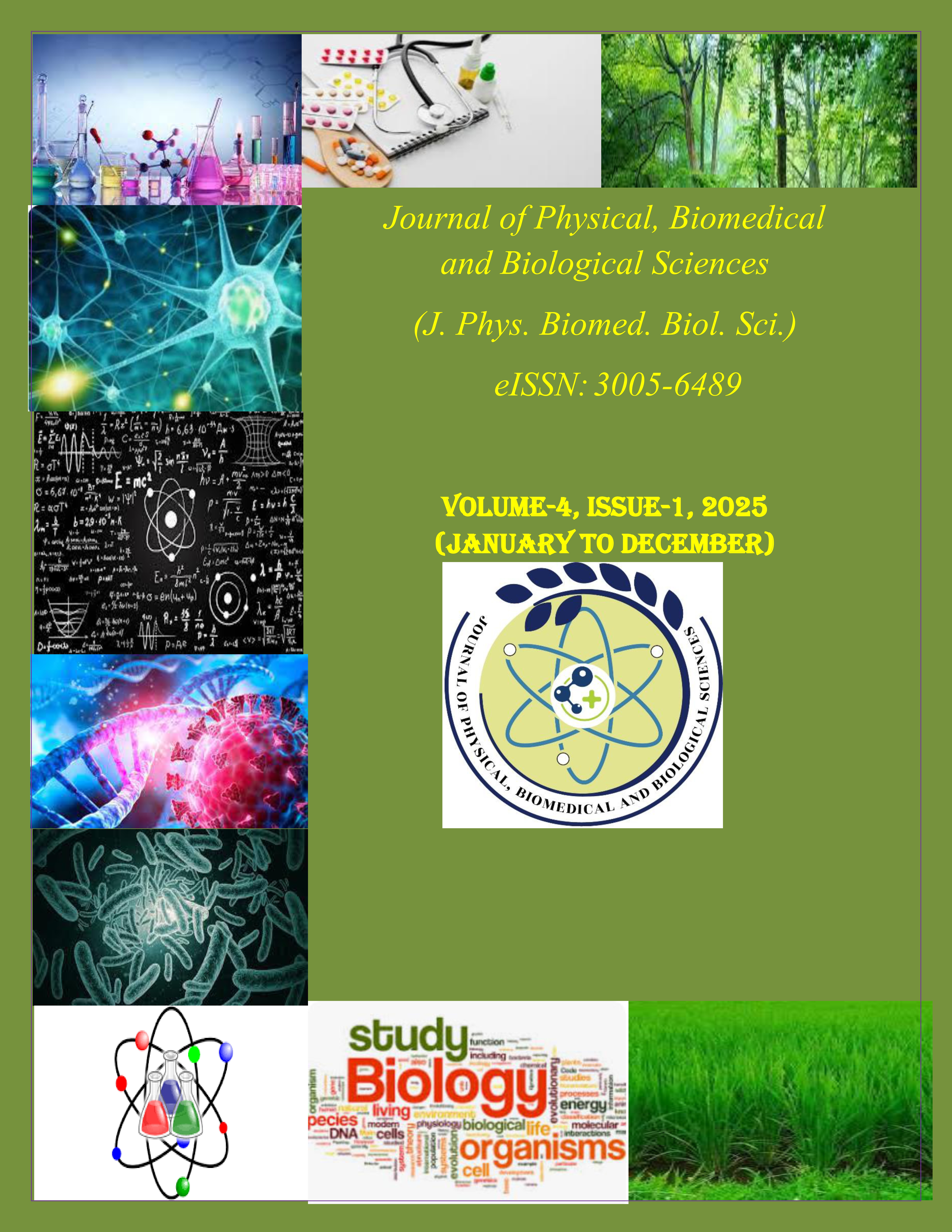WATER SCARCITY IN PAKISTAN: REASONS, IMPACT AND CURATIVE MEASURES
DOI:
https://doi.org/10.64013/jpbab.v2025i1.42Keywords:
Construction of water reservoir, Recommendation and way forward Water wastage, Water management, Water Scarcity ImpactAbstract
As the population is increasing at a very rapid rate in Pakistan which in turn results in a change of landscape depending on various geo-political factors, the existing water sources also become depleted simultaneously. There is no life without water on earth. There is a greater need for awareness to be raised, about the management of water resources to be utilized properly on a demand basis. This study highlights the major issues relevant to water, which is vital for drinking purposes, agriculture, and various other domestic purposes. One of the recommended methods of water preservation is proper maintenance of water channels whether run by private owners or by public companies with the involvement of the local community. Moreover, to be more accountable in terms of water utilization, an integrated mechanism for the distinction between drinking and general-purpose water is proposed to be devised. To increase storage capacity, the study suggests small dams instead of waiting anymore for the bigger dams to be constructed, to spread a network of water channels as well as automatically operated spill-over “bunds”. The suggested measures are not only economical but also acceptable politically. In addition to extending riverbeds, storage stations should also be increased. To conserve the most vital natural commodity legislative measures should also be taken.
Downloads
References
Iqbal, A. R. (2010). Water Shortage in Pakistan-A Crisis around the Corner. ISSRA papers, 2(2), 1-13.
Ashraf, M. (2016). Managing Water Scarcity in Pakistan: Moving Beyond Rhetoric. Proceedings of AASSA-PAS Regional Workshop on Challenges in Water Security to Meet the Growing Food Requirement. Pakistan Academy of Sciences, Islamabad. pp. 3-14.
Ahmed, A., Iftikhar, H., & Chaudhry, G. M. (2007). Water resources and conservation strategy of Pakistan. The Pakistan development review, 46: 4 Part II: 997–1009.
Falkenmark, M. (1989). The massive water scarcity now threatening Africa: why isn't it being addressed?. Ambio, 112-118.
FAO, (2010). Enduring Farms: Climate Change, Smallholders and Traditional Farming Communities. FAO, Rome.
FAO (Food and Agriculture Organization). (2011). “Pakistan Aquastat Country Profile” (database).http://www.fao.org/nr/water/aquastat/countries_regions/PAK/PAK-CP_eng.pdf.(accessed June 2018).
Jan, M.Q., and Batool, S. (2016). Water scenario in Pakistan. Proceedings of AASSAPAS Regional Workshop on Challenges in Water Security to meet the Growing Food Requirement, Islamabad, 19-21 January, 2016, pp. 187–194.
Mekonnen, M.M., and Hoekstra, A.Y. (2016). Four billion people facing severe water scarcity. Science advances 2: e1500323.
Molle, F., & Mollinga, P. (2003). Water poverty indicators: conceptual problems and policy issues. Water policy, 5(5-6), 529-544.
Fahim, M. A. (2011). Impact of water scarcity on food security at macro level in Pakistan. MPRA Paper No. 35760, https://mpra.ub.uni-muenchen.de/35760/.
Pakistan Meteorological Department. Monthly Weather Report. (2019). National Weather Forecasting Center Islamabad.
Qureshi, A.S., Smakhtin, V. (2004). Extracting wetness from dryness: water harvesting against droughts in Pakistan. ICID-FAO international workshop on water harvesting and sustainable agriculture, Moscow 9 September 2004.
Qureshi, A.S. (2011). Water management in the Indus Basin in Pakistan: Challenges and opportunities. Mountain Research and Development 31(3): 252-260.
Qureshi, R.H., and Ashraf, M.. (2019). Water Security Issues of Agriculture in Pakistan. Pakistan Academy of Sciences (PAS), Islamabad, Pakistan, pp. 41.
Khoso, S., Wagan, F. H., Tunio, A. H., & Ansari, A. A. (2015). An overview on emerging water scarcity in Pakistan, its causes, impacts and remedial measures. Journal of Applied Engineering Science, 13(1): 35-44. doi:10.5937/jaes13-6445.
Story of Pakistan. (2003). Indus Water Treaty, http://storyofpakistan.com/indus-water-treaty/, retrieved on 1.06.2003.
UNDP Pakistan. (2016). Development Advocate Pakistan. Water Security in Pakistan: Issues and Challenges. Volume 3, Issue 4.
UNDP Report. (2005). Human Development Report. United Nations Development Programme, New York, USA.
WWF Report Pak. (2012). Development of Integrated River Basin Management (IRBM) for Indus Basin. Challenges and Opportunities. Simi Kamal, Pervaz Amir, Khalid Mohtadullah.
World Development Indicators (2006). The World Bank. Page 149.
Young, William J., Arif Anwar, Tousif Bhatti, EdoardoBorgomeo, Stephen Davies, William R. Garthwaite III, E. Michael Gilmont, Christina Leb, Lucy Lytton, Ian Makin, and Basharat Saeed. (2019). Pakistan: Getting More from Water.” Water Security Diagnostic. World Bank, Washington, DC, 20203183814.
Downloads
Published
Issue
Section
Categories
License
Copyright (c) 2025 J ALI (Author)

This work is licensed under a Creative Commons Attribution-NonCommercial 4.0 International License.




